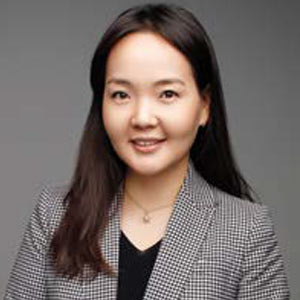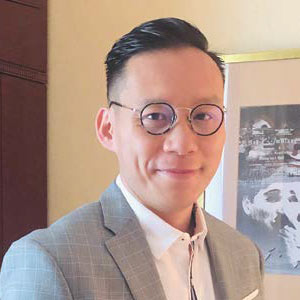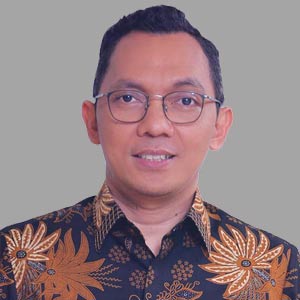THANK YOU FOR SUBSCRIBING

The Game Changing Face of Simulation
Yu Fang Yong, Expert in Mechanical Architecture Structural Simulation Test and Analysis, Continental and Wong Chee Ling, Group Leader of Electrical and Mechanical Simulation and Verification, Continental

Yu Fang Yong, Expert in Mechanical Architecture Structural Simulation Test and Analysis, Continental and Wong Chee Ling, Group Leader of Electrical and Mechanical Simulation and Verification, Continental
The time-to-market of new products determines its commercial success and today’s simulation will only hasten and not hinder crucial datelines
Weekly Brief
I agree We use cookies on this website to enhance your user experience. By clicking any link on this page you are giving your consent for us to set cookies. More info
Read Also
Navigating Compliance Challenges in ESG AML and Digital Onboarding
A Vision for the Future: Automation, Robotics, and the Smart Factory
The Rise of Hyper Automation
Transforming Business Operations with Robotic Process Automation
Combining Automation with AI to Achieve Human-Like Interaction
Implementing RPA - 5 Ultimate Prerequisite
Incorporating the power of recognition into our vendors' sustainability journey
Elevating Guest Experience with Data





















